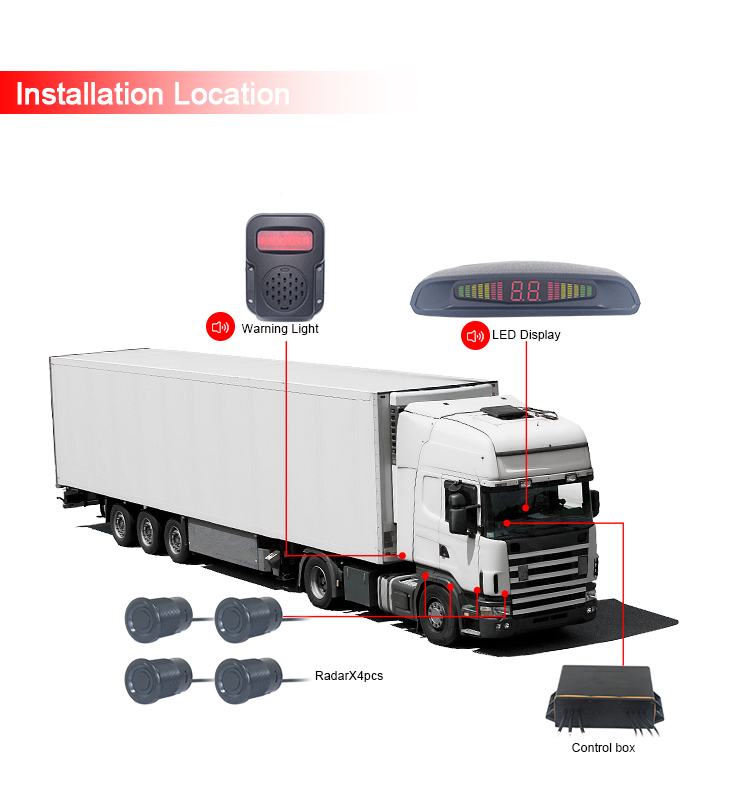Understanding Parking Sensors: How They Work and Their Benefits
Parking sensors are crucial electronic devices that assist in monitoring and navigating vehicle parking. These devices, commonly equipped with two wires—transmitting and receiving—are designed to utilize ultrasonic waves to detect obstacles in a car's path. When an obstacle is detected near the vehicle's front or rear, the sensor calculates the distance and alerts the driver to stop.
Functionality of Parking Sensors
These integrated safety systems typically include a console displaying object proximity and a speaker emitting continuous tones or buzzers upon detecting an obstacle. As the vehicle approaches the obstruction, the frequency of these alerts increases, signaling the driver to take immediate action. These systems are particularly beneficial for trucks, offering comprehensive safety features.
Working Mechanism of Parking Sensors
Functioning akin to bats' navigation, parking sensors emit signals that trigger alerts such as beep sounds, voice notifications, and visible instructions. The front and rear sensors differ in their detection ranges; the front sensors detect objects within 1.2 meters, while the rear sensors can recognize objects up to twice that distance. However, drivers should rely on rearview mirrors while parking.
Advantages and Drawbacks
Parking sensors notably ease the stress of parking maneuvers, especially in tight spots, preventing collisions with objects. While enhancing safety and convenience, these sensors have easy installation processes and eliminate the need for unsightly car modifications.
However, limitations exist in their accuracy, particularly in detecting specific objects such as telegraph pole cables. Though improvements are underway, integrating parking sensors with imaging systems enhances their precision.
Are Parking Sensors Worth the Investment?
The utility of parking sensors is undeniable—they prevent damage to vehicles, improve driver awareness, and simplify parking. Whether you're an experienced driver or a newcomer, these sensors offer convenience and safety at a reasonable cost, easily replaceable if needed.
Installing Parking Sensors
Installing parking sensors is a feasible DIY project for car enthusiasts. It's crucial to select the right sensor model based on reviews and preferences. Correct orientation, wiring to the vehicle's display and control unit, and adherence to manufacturer instructions are essential for proper installation.
Choosing the Best Parking Sensor System
When selecting a parking sensor system, consider factors like sensor placement, waterproof features, buzzer sound variations based on proximity, and the system's coverage. Reviews can guide you toward a reliable system that aligns with your preferences and budget.
By evaluating these features and considering customer reviews, you'll make an informed decision on a parking sensor system that meets your needs effectively.
‘Feel free to customize your products or services with Jeavox, a seasoned professional manufacturer in the parking assistance products industry for over 20 years.’

Contact: Mr.Tom
Phone: 0086-755-85279352
E-mail: sales@szjeavox.com
Add: FL7-8,4 Bldg,Honghui Industrial Park,Liuxian 3 Rd,68 Zone,Bao'an,Shenzhen, China